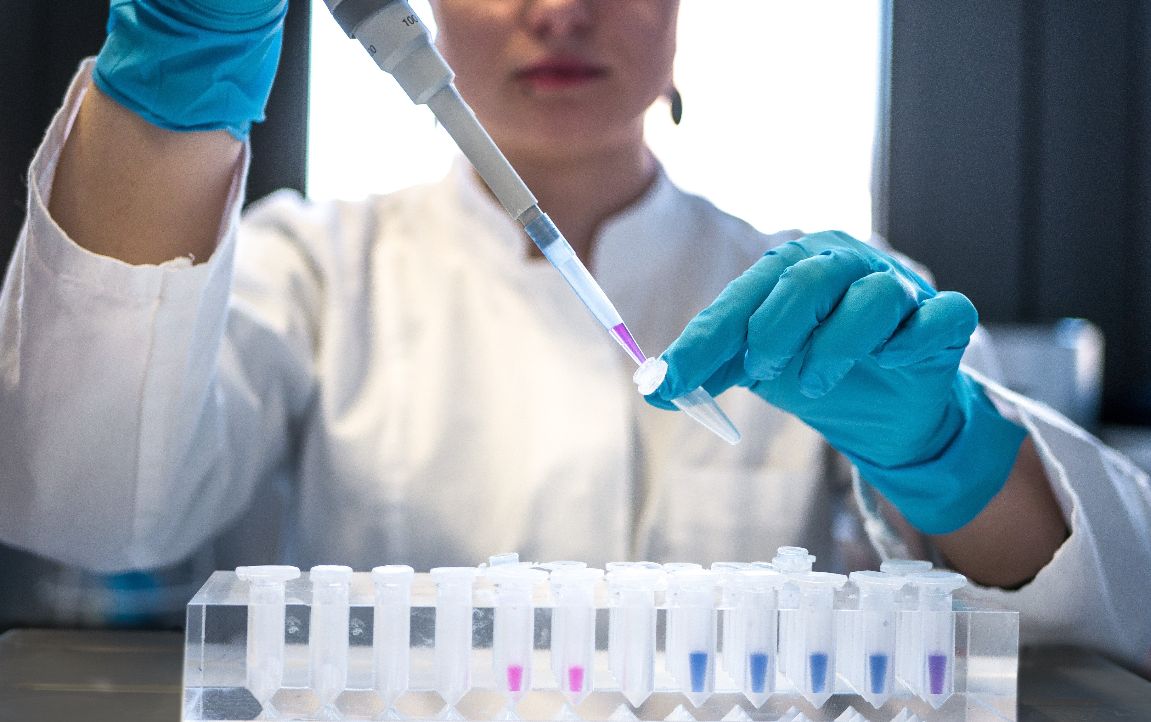It was in the 1700s that the world saw the first movement in the industrial revolution, and it’s still studied in history books to this day.
Yet, we may not realise that we are still in the midst of an industrial revolution. While it’s not the same as Industry 1.0, where we saw the rise of machines powered by water and steam, we are still experiencing the advancement of technology.
The history of Industry 5.0 dates back over 200 years ago – 262 years to be exact. It was back in 1780 that the first movement toward Industrial Revolution 5.0 began. And knowing the history of each industry is a large factor in understanding how efficiency and productivity have improved – and how they will continue to do so.
The Timeline of the Industrial Revolution
Now - Industrial Revolution 4.0: The rise of technology launched the world into Industry 4.0. With it, we became globally connected due to devices such as smartphones and social media apps. Businesses have become increasingly intelligent, thanks in part to data analytics and the use of artificial intelligence.
How Industry 4.0 Shaped the Newest Industrial Revolution
With the rise of technology and the growing consumer demands, Industry 4.0 saw another sharp increase in mass-production. But with it came disadvantages, such as an impersonal approach to products and services.
While it worked for a while because cutting-edge technology was so groundbreaking, consumers and the market quickly felt as though things were more about mass-production and a “one-size-fits-all” approach.
Industry 5.0 plans to remedy the impersonal feel that many consumers have experienced in the last two to three decades.
What is Industry 5.0?
Industry 5.0 is focused on humans and artificial intelligence working together. It is also focused on bringing personalisation back into the product market.
The newest industrial revolution wants to continue mass-production, as the global population increases. However, with Industry 5.0 technologies, it will see a large difference in manufacturing environments. Humans and machines will work alongside each other to create a more streamlined, efficient approach to production of goods and services, from car manufacturing to medicinal drug manufacturing.
What is the Difference Between Industry 4.0 and 5.0?
Industry 4.0 will be written in history books as the rise of technology. Everything for the last two to three decades has been about the sharp increase in technology and connected devices. While it’s been a monumental change in meeting increased market demands, it’s seen its own set of disadvantages.
Namely, an impersonal experience for consumers around the world.
The major difference between Industry 4.0 and 5.0 is the fact that 5.0 will be written as both human-centred and value-centred. While using both previous and new Industry 5.0 technologies, this revolution will be more about giving a customised and personalised experience for consumers.
So Industry 4.0 introduced digital technology to make the manufacturing process faster while producing mass quantities to reach the public markets. Industry 5.0, however, will take the concept and expand on it. To do so, Industry 5.0 technologies will incorporate digital technology and human positions to still make production quick and efficient, while also keeping humans at the forefront of the manufacturing process.
What Will Be Different with Industry 5.0?
But what does a customised and personalised experience look like? And how else will the new revolution be different from its predecessors?
As Industry 5.0 takes shape, you can count on 3 things:
How Does Industry 5.0 Bring Back Focus on Humanity?
One of the greatest advantages of Industry 5.0 is bringing the focus back to humanity, while still leveraging the use and power of technology.
Technology and artificial intelligence are expected to continue providing both top-of-the-line data analytics and assisting in the manufacturing processes.
For example, Innopharma Technology's SmartX advanced process automation software allows humans and technology to work alongside one another for a more efficient and productive pharmaceutical process development. The end result creates a streamlined drug manufacturing process that gives the public the medicines they need.
However, humans are expected to be in the seat of design responsibility. As humans will be designing products and services for other humans, it offers the opportunity for higher-value jobs.
How Will It Affect Personalisation?
With humans taking on roles of design responsibility, they can tap into the market and determine what consumers are looking for. Not only that, they can come up with creative solutions to produce more personalised and customised products and services.
This is exactly what the market has been reaching for at the tail-end of Industry 4.0.
What Will It Mean for Manufacturing?
Production line collaboration between humans and machines will create an industrial revolution that’s not only great for the market, but should also affect the environment, as well.
Many factory floors will have the ability to use Industry 5.0 manufacturing technologies to reduce costs, as well as waste for materials and management.
That also ties directly back to focusing on humanity, as the newest revolution will be less about technology advancements and more about the social impact businesses and corporations have on the globe.

How Innopharma Technology Is Playing a Role in Industry 5.0
While it’s considered to be the way of the future, Industrial Revolution 5.0 is closer than you may think. Many businesses and corporations are already stepping foot into industry 5.0 technologies and using them to create products consumers are looking for.
And Innopharma Technology is assisting those companies in doing so. From our Direct Imaging Particle Analyser to our Advanced Process Automation software, we’re aiding companies like yours with a human-centred, value-focused Industry 5.0 approach.
Get in touch with our Industry 5.0 experts today to find out how you can embrace Industry 5.0 to improve your manufacturing process today!